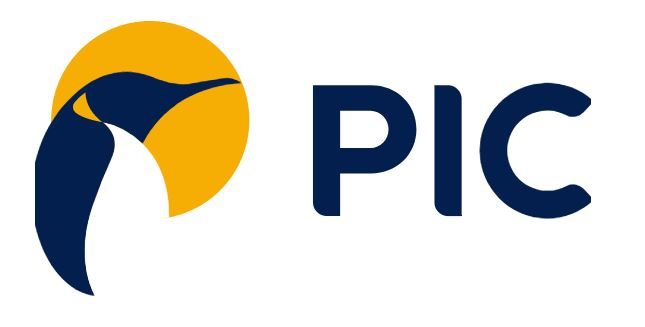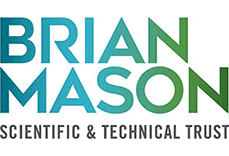
Advocacy – speaking up for penguins
An important aspect of our work is advocacy.
We know that you rely on us to speak up for penguins and other threatened seabirds through a variety of processes.
Te Tai Poutini Plan
Most recently, Trust Manager, Inger Perkins, spoke to the commissioners working on the new regional district plan, Te Tai Poutini Plan (TTPP) – so far a 5.5 year process – during the hearing on the final chapter – Ecosystems and Biodiversity. The commissioners need to apply a multitude of laws, policy statements and strategies but also bring their experience and judgement to bear in creating a plan that will meet the sustainable management requirements of the Resource Management Act and support the region for years to come. At the heart of their work is balancing economy and development with environmental protection that is in all our interests.
Our aim is to ensure penguins and other threatened seabirds and the places they breed and feed are protected.
The process to develop TTPP has gone from discussion groups and workshops to a draft plan then proposed plan. We provided feedback, comments, submissions and then further submissions, following up with presenting to commissioners where we believed the case to protect penguins needed further strengthening, often arguing for changes of just a word or a few words that will make a big difference.
Find information about Te Tai Poutini Plan here.
Find out about the purpose of a District Plan and associated processes here.
Consent applications, plans and strategies
The Trust also keeps an eye on resource consent application in coastal areas, ensuring planners and developers are in the know about penguin habitat whether relating to a proposed vast new mine or a small rock protection in front of a single bach.
There are a variety of processes where we believe we must speak up, representing these precious birds, and that extends to consultation on new legislation or new plans and strategies.
For example, last year, we contributed to the review of public conservation land yet to be classified known as stewardship land where it was relevant to penguins and other threatened seabirds.
Also, every region has a Conservation Management Strategy (CMS) that guides the Department of Conservation (DOC) staff and conservation boards. The West Coast CMS was finalised and published in 2014 and each CMS is due for review every 10 years. The West Coast CMS will be revised/rewritten in 2025 and DOC is inviting comments as they get the process underway through a short survey.
This is an opportunity for everyone who wants to see conservation to the fore to have their say. A draft will be published for more specific comment in due course, but we encourage you to have your say, as we will be doing. The last day to complete the survey is Monday 16th December – not long now – please spare a few minutes to add your views. All you need including a link to the survey is here.
The DOC website explains what they are asking: “Before we begin drafting the CMS, we want to hear from everyone who uses, values and enjoys these public conservation areas. By sharing your thoughts and ideas, you can help shape how these places are managed over the next decade.”
Funding to maintain our role as advocate
Advocating for penguins, petrels and other sea and shore birds and their habitat takes time and is a cost to the West Coast Penguin Trust. It’s an essential part of the trust’s work but it relies on donations – grants don’t cover that aspect of our work so we need your help to maintain this critical area of work.
Your donations will help ensure that we continue to speak up for penguins, little penguins or kororā and Fiordland crested penguins or tawaki, and of course other threatened seabirds including the Westland petrel or tāiko.
Thank you for your support whether through donations, submissions or your very valuable and much appreciated moral support!



























